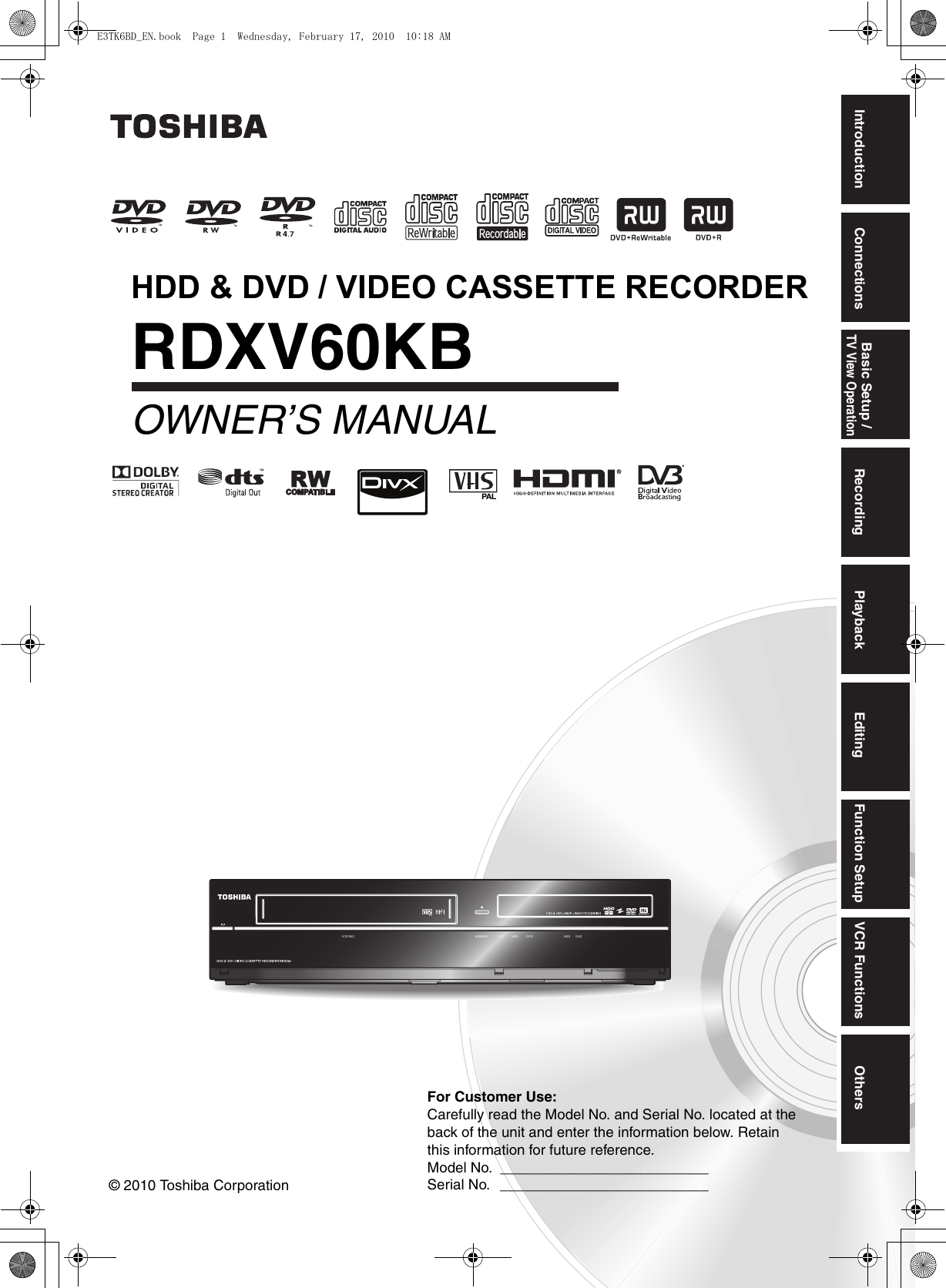Yes this is how i made my edits smooth and,this's also one of the most requests i've got from y'all=btw this's my first tutorial, sorry if it's a little conf. One of my favorite new effects included in Adobe After Effects CS 5.5, CS6, CC, and Adobe Premiere Pro CC is the Warp Stabilizer. For many years if you had shaky footage your only option was to either spend hours tracking a moving object in After Effects with keyframes in the hopes of it working properly, or learning how to use an expensive.
Element uses all the tricks in the book for rendering and optimizing, but when scene complexity increases, there are some important things to know.Render Mode
All user defined setting are kept at what they are set to and at final quality
Turns off some of the more intensive render settings so it is at a more comfortable temporary working performance speed. Turns off Super Sampling.
Draft
Turns off many features for fast temporary previews for animating.
Multisampling
Reduces jagged edges on objects that have sharp highlights or reflections.
Supersampling
This is an additional method for reducing jagged edges. This will render your frame 'super' large and re-sample it down to frame size. This allows for more detail to be saved and smoothed properly from the extra data.
Subsample Post Effects
If subsampling is enabled, glow and depth of field (pixel blur) are rendered for every motion blur sample that is calculated. if the subsampling is off, the effects will be applied to the final image with motion blur.
SPEED AND RESOURCES
CPU rendering vs GPU rendering
On the CPU a more complicated scene will just take longer to render, but on the GPU, if the scene or memory requirements are too high, the GPU will crash so it is important to manage your GPU’s resources by closing unnecessary GPU programs and watching texture memory usage. A graphics card with 2GBs of VRAM will allow you to create more complex scenes compared to a card with only 512MBs.
GPU Resources
Many programs such as Photoshop and 3D games use GPU resources so it is a good idea to close unnecessary programs to get the most out of Element.
Memory Management
Image textures will fill up your graphics card memory fast if you are not careful. Using fewer texture maps and lower resolution files will help keep memory available for rendering.

Motion Blur & Depth of Field
Multi-Pass depth of field can be slow to render in complex scenes. Using motion blur with depth of field will make the scene 8 times slower to render. When working you may want to toggle Depth of Field off until final rendering to keep the responsiveness of the Plug-in.
Closing or limiting GPU based FX
Since computers and software often take advantage of the GPU you may want to limit unnecessary usage to improve your Element performance. So try to close programs like Photoshop when not using them to preserve memory consumption. The Element UI shows the memory used and memory available on the GPU but this is not the memory Element is using but the total memory the card is using altogether.
Lower Multi-Sampling
The multi-sampling mode can improve memory performance on older or less powered cards by using less memory to render. If you are using extremely large comps it may be the only way to render them on the GPU due to memory limitations.
Restart is always a good Idea
If your GPU is overloaded or you want to freshen it up, just restart the computer. It can help!
Motion blur can be a powerful technique when used correctly. Learn how to use and apply motion blurring to your project with these After Effects tutorials.
Cover image via Shutterstock
Motion blurring has been a part of film and video since the first film cameras began arranging pictures in sequential order to create the illusion of movement. When done digitally, it is often intended to replicate the blur that usually comes from traditional filmmaking techniques. You often see it used artificially in animated projects and high-end special effects.
As a tool, it can convey speed and fast motion. Without it, footage can look unnatural and fake. No matter how you intend to use it, here are some tutorials to help you master some of the different aspects of the art of motion blurring in After Effects.
Motion Blur Effect Download
Simply Enable Motion Blur
At a base level, After Effects is built for adding effects like motion blur. In fact, it’s built right into your default comp panel. If you’re looking to add motion blur to a single moving object, simply turn it on and select it as the YouTuber AR Arts demonstrates in the simple video above.
Add Motion Blur Using Built-In Plugins
Again, After Effects is one of the best programs for adding motion blur and has many resources and functionalities built in to help you easily apply it to your footage. In TunnelvizionTV‘s tutorial, you simply select motion blur and work with it manually. As he shows in the video, it may be necessary to duplicate your composition to mask out the parts See full list on royalmail.com. you want to remain static.
Add Pixel Motion Blur to Your Footage
In the above video by VideoFort, you can see how to add motion blur in After Effects by using the Pixel Motion Blur effect from the effects panel and simply dragging and dropping to your footage. You can usually work pretty well with the default settings in Pixel Motion Blur, but it also allows you the option to zoom in and add shutter samples to parts that may appear a little too smooth the blur out.
Use CC Force Motion Blur on Your Animation
Similar to Pixel Motion Blur, CC Force Motion Blur Adding memory to macbook air. is another After Effects effect option. You can dive into a whole Lynda course on what makes the two effects different, but it may just depend on which one works best with your composition. Ignace Aleya shows you (in the video above) how to enable and render out using the latter of the two techniques.
How do you prefer to add motion blur to your projects in After Effects? Let us know in the comments.
Sign In
Register
- Access to orders in your account history
- Ability to add projects to a Favorites list
- Fast checkout with saved credit cards
- Personalized order invoices
Best Motion Blur Settings After Effects Book
Create Account

